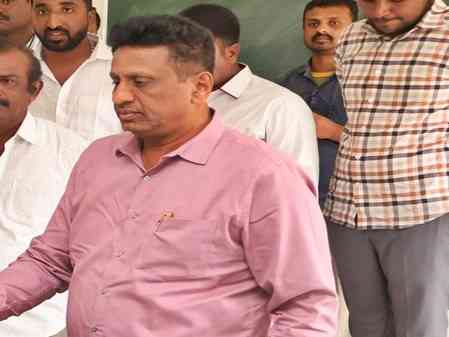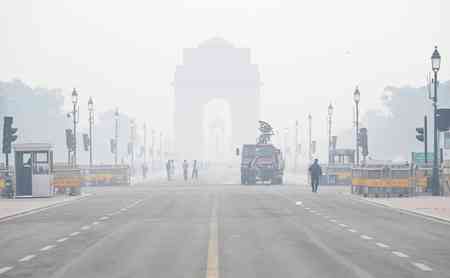Drinking Water Is Precious: Save Every Drop of Water
Punjab, known as the "Land of Five Rivers" during the pre-independence period, has witnessed significant changes in its agricultural practices since Independence. With the diversification of crops and the shift towards producing Paddy (Basmati Rice), water consumption in Punjab has increased considerably compared to the past.

Punjab, known as the "Land of Five Rivers" during the pre-independence period, has witnessed significant changes in its agricultural practices since Independence. With the diversification of crops and the shift towards producing Paddy (Basmati Rice), water consumption in Punjab has increased considerably compared to the past. Previously, Punjab was known for producing pulses and grains. However, in the seventies, farmers began planting saplings of Safaida or Popular trees, leading to a sharp decline in the underground water table level. The cultivation of paddy has further exacerbated the demand for water, resulting in excessive pumping of underground water without sufficient recharging, thus causing a continuous decline in the underground water table level. When farmers fill their cultivated land with water for paddy cultivation, it creates excess humidity in the atmosphere, and sometimes, unexpected decreases in monsoon rainfall can greatly affect farmers.
To address this issue, the Punjab Irrigation Department, specifically Principal Secretary Krishan Kumar, has been implementing various techniques to recharge the underground water table level and ensure the availability of canal waters up to the tail ends. This initiative has been directed by Punjab Chief Minister Bhagwant Mann and Punjab Minister Gurmeet Singh Meet Hayer. The department's vision is to make canal water accessible at the tail ends, benefiting farmers by enriching their agricultural land with river silt and mud, thus increasing fertility. The use of fertilizers and pesticides in Punjab has led to a decline in soil fertility, but the availability of canal water throughout the agricultural land can help farmers increase crop yields and contribute to the recharging of the underground water table level.
Over time, there have been calls from the public to clean the slush and silt from the Kala Sangia Drain and Buddha Nallah. The Punjab Irrigation Department's Mechanical Wing previously used Draglines to remove slush and silt, ensuring a smooth flow of water in these drains. These drains carry a large amount of industrial water containing various pollutants like dyes and chrome chemicals released by industrial units. When mixed with the drain water, these pollutants flow into the rivers, including the Sutlej and Beas, which are also used for drinking purposes in many areas along with agricultural cultivation.
In the past, the former Chief Engineer of the Irrigation Department, Surinder Pal, proposed a regular limited flow of water in the Buddha Nallah from the Sirhind Canal. Such a flow would have provided relief to the communities living near Buddha Nallah, mitigating the pollution in the area. Similarly, a regular flow of water in the Kala Sanghian drain from the Bist Doaba Canal could prevent the accumulation of slush, silt, and other pollutants, thereby minimizing pollution of underground water through seepage. Surinder Pal, during his tenure as Superintending Engineer in Jalandhar, successfully finalized the proposal to construct a siphon at Terkiana (near Ucchi Bassi) Dasua for the regular discharge of canal water from the Mukerian Hydel Canal into the Holy Bein. This initiative proved beneficial for recharging the underground water table level in the surrounding areas. Currently, the department has constructed gates for the regulated release of canal water as per requirements, which has successfully revived Kanjali, a tourist spot in Kapurthala, and ensured a regular flow at Sultanpur Lodhi.
The Punjab Irrigation Department is also striving to develop tourism hubs around various dams in the Kandi Area. Additionally, proposals for constructing check dams to control the choes and utilising rainwater for irrigation purposes in the agricultural sector are being considered.
The efforts made by the Punjab Irrigation Department to recharge the underground water table level are commendable. If the government succeeds in this mission, it will undoubtedly pave the way for another Green Revolution in Punjab in the coming years. Furthermore, strict implementation of rainwater harvesting initiatives in urban areas is essential. Rajasthan, which previously suffered from water scarcity, is now experiencing excess rainfall. This abundance of rainwater will contribute to making the agricultural land more fertile in the years to come.
Authored by:
Rajat Kumar Mohindru,
Senior Journalist,
Jalandhar City.


 Rajat Kumar
Rajat Kumar 










